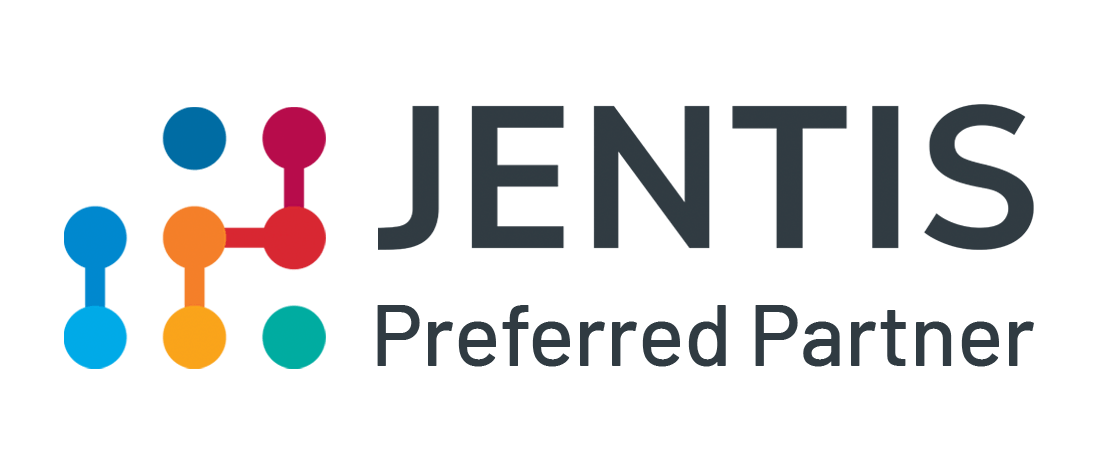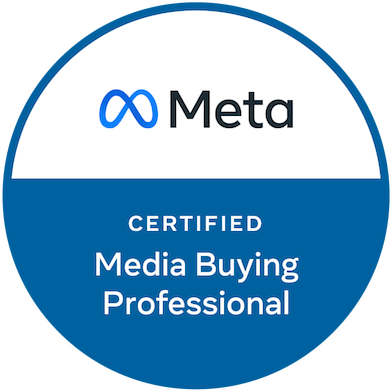Generative Engine Optimization (GEO) is becoming an important new layer in online visibility. While SEO has helped brands show up in search results for years, GEO focuses on making your brand visible inside AI-generated answers — the summaries, recommendations, and responses produced by tools like ChatGPT, Google AI Overviews, and Perplexity.
As more users turn to AI assistants instead of typing traditional search queries, brands need a strategy to ensure their information is picked up, understood, and reused accurately. This post explains what GEO is, why it matters, and how you can start preparing your strategy today.
What Is GEO?
GEO is the process of structuring your brand information so AI systems can recognise it as factual, reliable, and relevant. Unlike traditional search engines, AI models don’t rely on keyword matching or link-based ranking. They rely on entities, relationships, structured data, and verifiable facts.
An entity can be a business, product, person, or concept. If your brand is not understood as a clear entity — with correct attributes and relationships — AI tools may skip over you, misinterpret you, or surface competitors instead.
GEO helps ensure that AI models:
- know who you are
- know what you offer
- understand your expertise
- connect you to the right topics
- represent you accurately in generated answers
How GEO Differs from SEO
SEO is still essential — but it is no longer enough on its own.
The main differences are:
1. SEO focuses on ranking webpages.
Its goal is to get your site to appear in Google’s list of search results.
2. GEO focuses on influencing AI-generated answers.
Its goal is to ensure your information appears when users ask AI for help.
3. SEO signals are page-based.
Search engines look at metadata, intent, links, keywords, and page quality.
4. GEO signals are information-based.
AI tools rely on factual clarity, consistent entities, schema markup, and trusted sources.
SEO tells Google “this page is useful.”
GEO tells AI systems “this information is accurate and safe to include.”
They work together, but they influence different outcomes.
How GEO Fits Into Your Marketing Strategy
GEO aligns naturally with content marketing, SEO, and PR. When done well, it strengthens how AI perceives your brand and increases your chances of appearing in generated responses.
Think of it as an extension of SEO — focusing on structure, clarity, and accuracy rather than ranking signals.
What to Prioritise in the Next 3 Months
If you are new to GEO and want to plan your strategy for 2026, use our GEO checklist. These steps can significantly improve how AI understands your brand.
- Mapping out the entites associated with your brand
- Running a visibility audit
- Cleaning up technical issues
- Improving factual clarity on your websites and platforms
Final Thoughts
GEO is not a replacement for SEO — it is an extension designed for the era of AI-driven answers. Brands that act early will have a clear advantage as AI takes a larger role in how users discover products, services, and expertise.
With the right structure, clarity, and signals, you can ensure your brand is part of the conversation when users turn to AI for guidance.
If you want to understand how well your brand is currently represented in AI tools — or you’re unsure where to begin with GEO — Advance Metrics offers two practical starting points. Our GEO Visibility Audit includes Entity Mapping and shows you what AI models already know about your brand and if it is already associated strongly with your key entities. Our Technical GEO Check highlights the improvements needed to make your website easier for AI systems to read and trust. Both audits give you a clear, actionable roadmap. If you’re ready to prepare your brand for the shift toward AI-generated search experiences, get in touch, and we’ll help you take the first steps.








